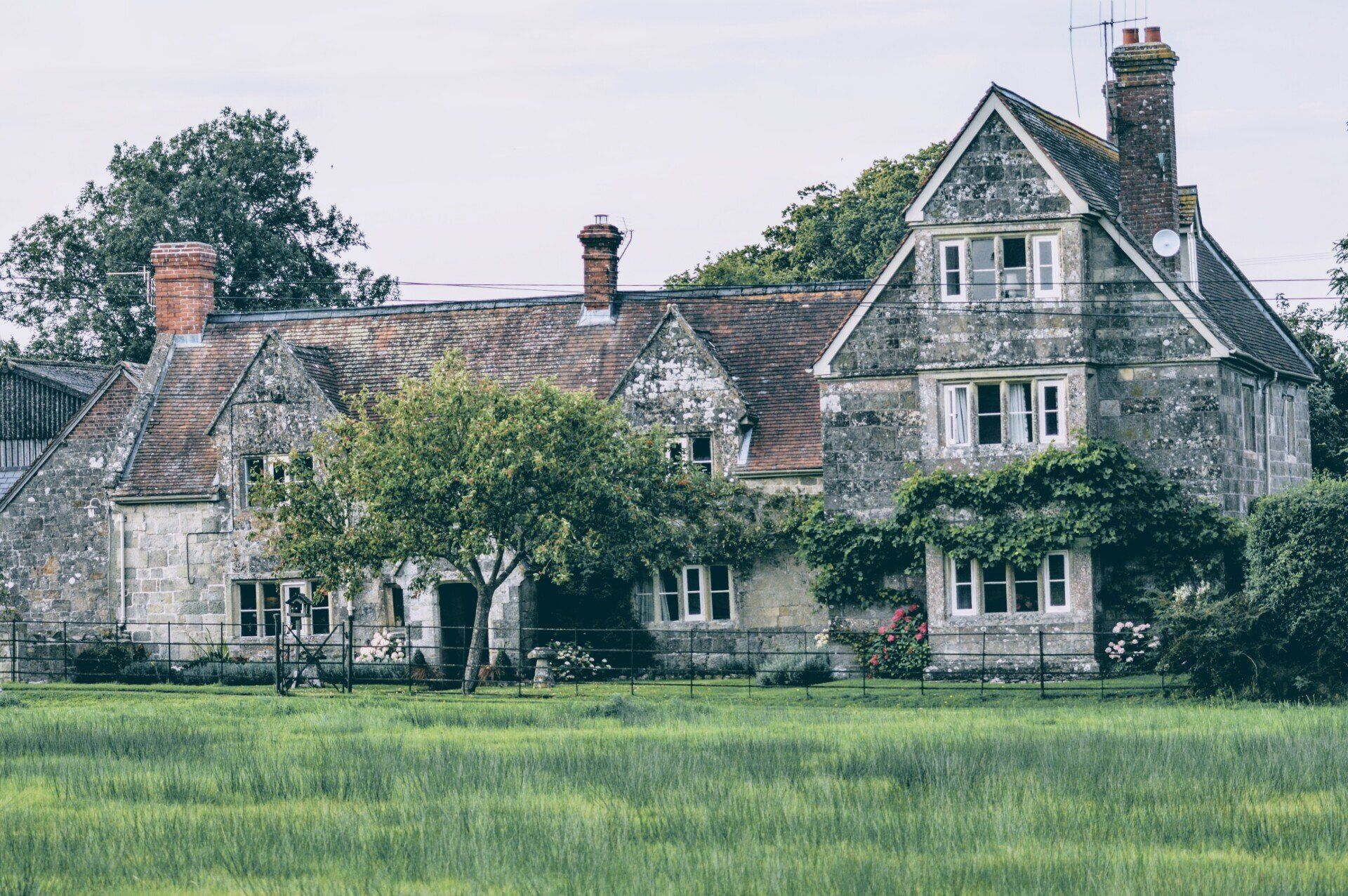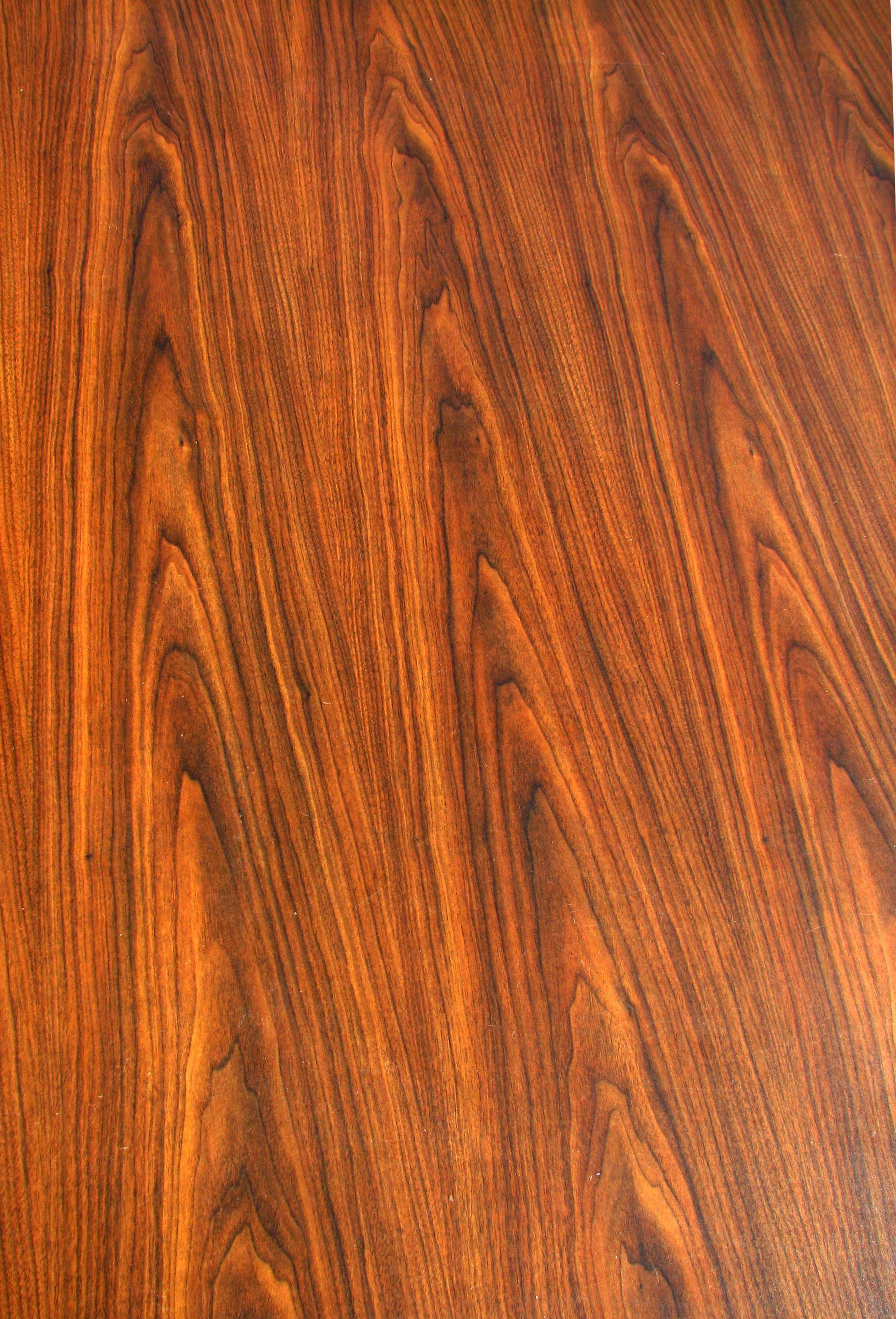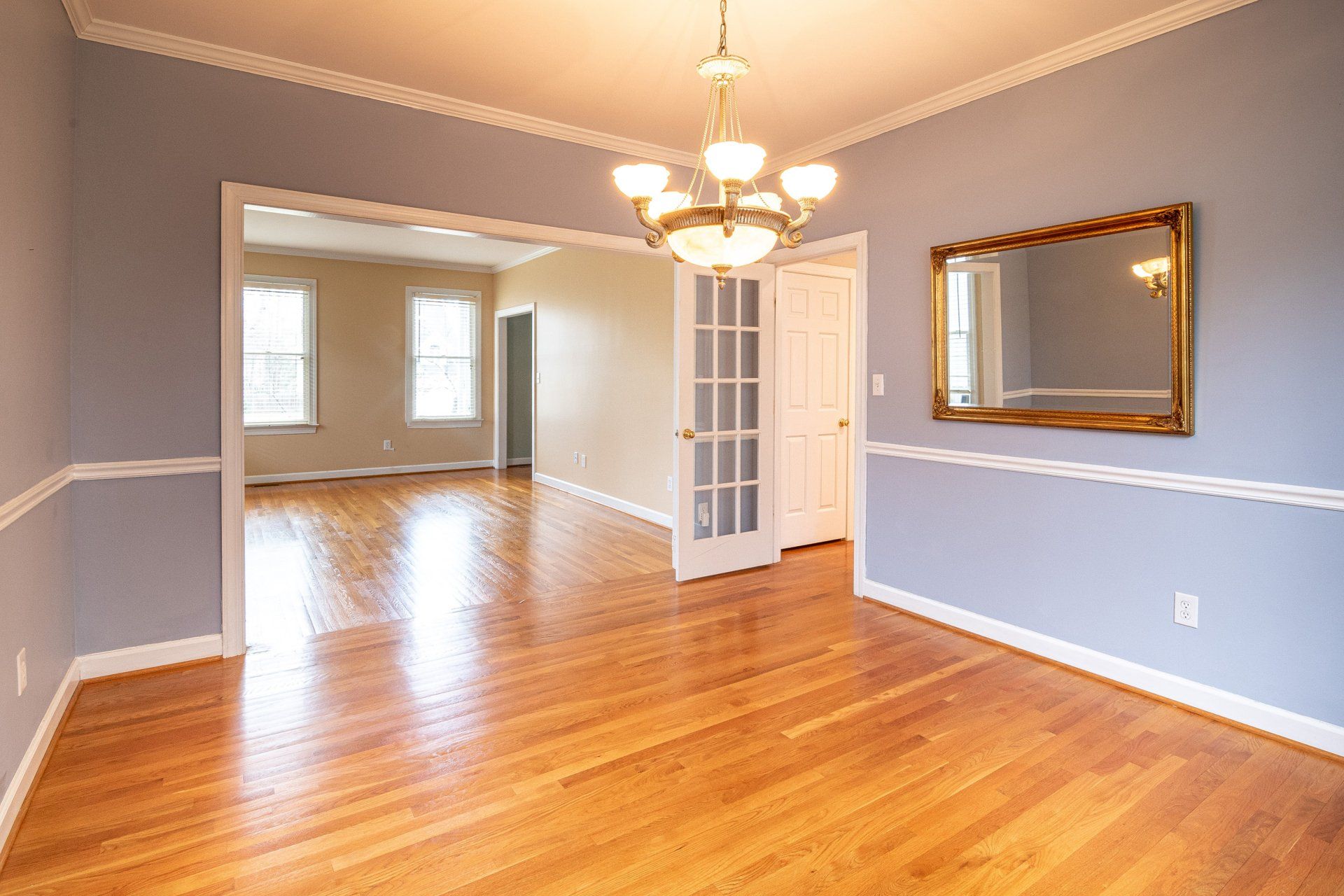Oil-Based vs. Water-Based Hardwood Floor Finishes
Oil-Based vs. Water-Based Hardwood Floor Finishes
There are many hardwood floor finishes available today. Oil-based and water-based finishes are the two most popular. Both oil- and water-based finishes offer their benefits.
OIL-BASED FINISH
Oil-based flooring finishes are loved by many people for their golden patina or amber color. This golden hue is often referred to as traditional or classic. This is what hardwood floors should look like. The oil-based finish will become darker over time and bolder in color.
Oil-based finishes require fewer coats than those that are water-based. Oil-based finishes require a longer drying time. Oil-based finishes require three to four coats. However, oil-based finishes can take several hours to dry between coats.
Oil-based flooring finishes have a stronger odor than water-based finishes due to how they are made.
Although each finish is durable, contractors are more likely to believe that oil-based finishes last longer than water-based.
Oil-based floor finish is preferred by many hardwood flooring installers because they are more familiar with them. Oil-based floor finishes are easier to apply. Hardwood floor installers love the combination of ease of use and familiarity.
WATER-BASED FINISH
Clear drying is possible for most water-based finishes. This is great for wood that has a natural color. This is also great for lighter woods such as maple. A hardwood floor that has been stained is another possibility. Clear, water-based finishes will not cause any conflicts between the stain and the finish colors.
Water-based floor finishes are more popular than those made from oil. They have lower VOCs than their oil-based counterparts. This serves two purposes. It is also better for the environment if there are fewer VOCs.
Water-based finishes have a lower solid content, so they produce a thinner film. To achieve the recommended thickness of the film, multiple coats will be required. On a floor, you will typically need four to five coats. The thin finish allows for faster drying times. A skilled hardwood floor installer can apply four coats to a single floor in one day. To ensure the best cure, we recommend applying only two coats per day.
Water-based floor finishes should be monitored for the presence of catalysts. The catalyst is often used to harden the finish. The catalyst should be correctly mixed in the finish to ensure that it performs properly.




